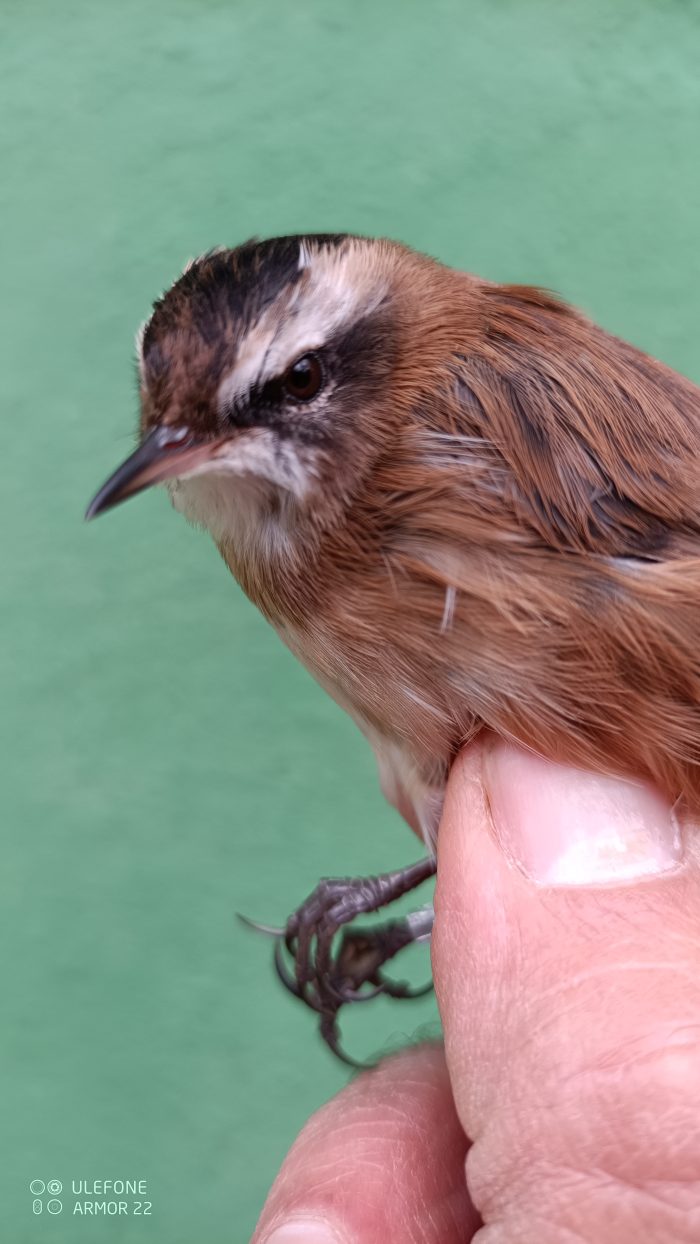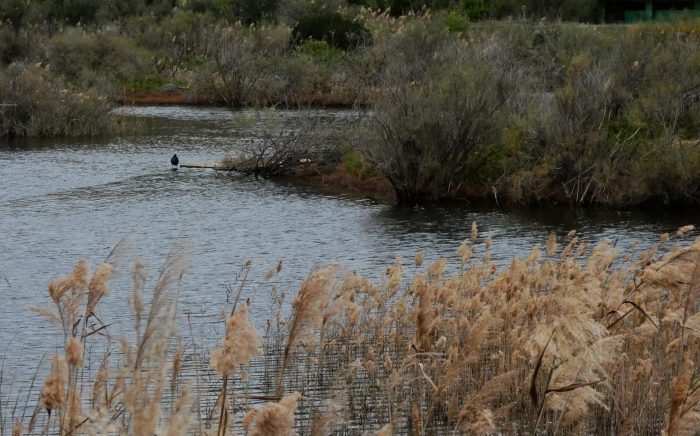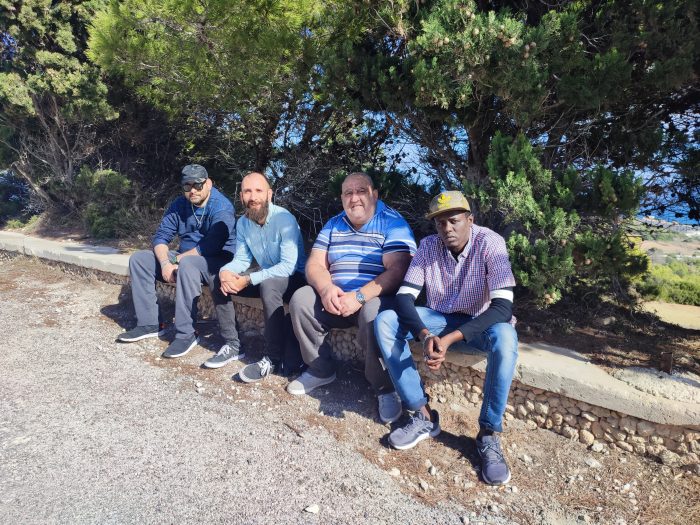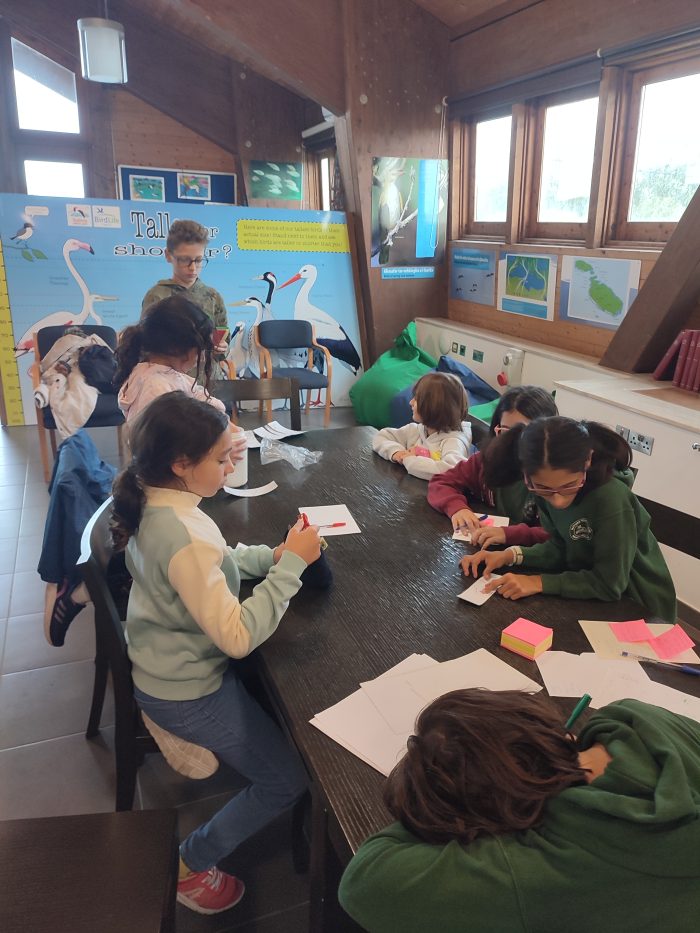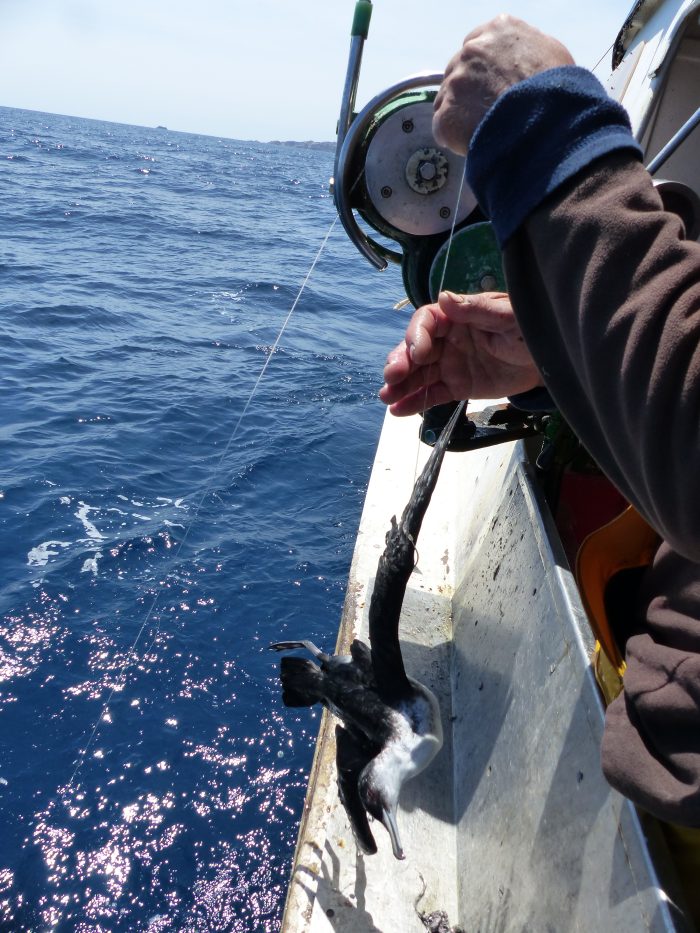On the frontlines is our monthly newsletter section covering the activities of BirdLife Malta’s conservation, policy and nature reserve (Salina, Simar, Għadira and Foresta 2000) teams, together with an update about rare and scarce bird species observed.

Trapping season
It has been more than a month since the trapping derogation opened, and almost every day we are receiving reports from concerned members of the public who wish to report illegalities.
We are glad to see the public taking action when it comes to witnessing different type of illegalities related to trapping, such as trapping on unregistered sites or the prohibited use of electronic callers.
This, along with the Conservation team’s fieldwork operations, has resulted in a good number of reports submitted to the Environmental Protection Unit (EPU) of the Malta Police Force.
Many reported incidents resulted in the confiscation of nets and finches, and unregistered sites being dismantled.
Although many of us have seen the presence of live finch decoys and the use of electronic finch callers on registered sites, we would like to clarify that all this is permitted under the WBRU derogation for “scientific research”. Electronic callers used for any other species, such as Song Thrush, Eurasian Golden Plover and Northern Lapwing, are banned across all EU countries.
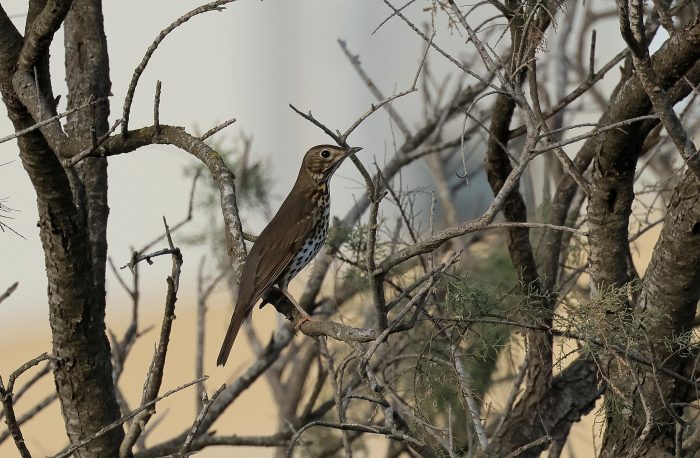
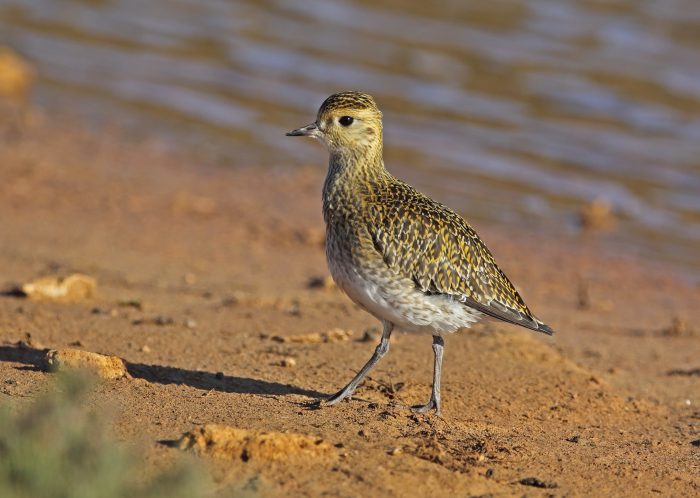
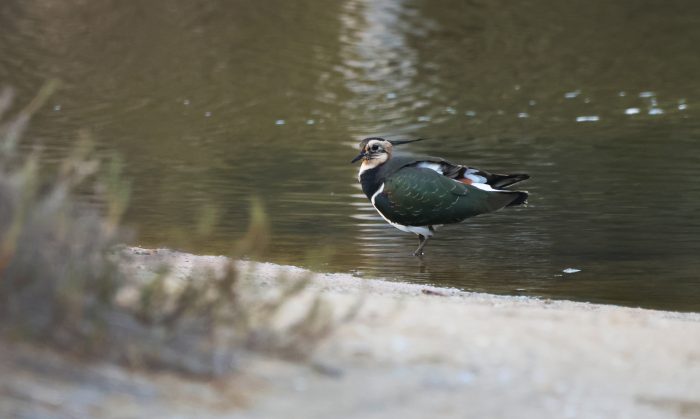
Regarding plastic decoys on registered sites, they are only permitted if the decoy represents the species that is legal to trap. For example, plastic decoys of Eurasian Golden Plovers are legal, but other wader decoys (such as Northern Lapwing) are prohibited. These can be reported directly to EPU, and also to us.
Finally, it is important to check if a trapping site location is registered with the WBRU. You can check on this map we’ve set up. This season, a total of 1,364 sites are legally authorised to trap Eurasian Golden Plover and Song Thrush, while a further 2,616 are authorised to “research” finches.
If you witness any illegal hunting or trapping, or come across a dead protected species, please call 119 and ask for the EPU (Environmental Protection Unit). You can also contact BirdLife Malta on 79255697 or send us a message on Facebook Messenger.
Rehab and release of birds
At the beginning of November, we released the last of the stranded Scopoli’s Shearwaters that were rescued at the end of October due to light pollution.
We successfully rehabilitated and released two Common Kestrels; both were victims of illegal persecution. One of them was bearing a scientific bird ring from Finland, which gives us an insight into where birds are coming from when we see them in Malta, and the long journeys they undertake.
We also rehabilitated and released a few confiscated birds, such as European Robin, Eurasian Siskin and Hawfinch. Such confiscated birds are usually kept confined in small metal cages, and as a result usually suffer facial injuries from trying to escape. Many also suffer from heavy mite infections.
During the winter months, we see an increase in the numbers of sick gulls being reported. During the past two weeks, we have managed to rehabilitate a Yellow-legged Gull and two Black-headed Gulls.
And lastly, we rescued and released a Common Moorhen that got itself stuck in someone’s garden.

Salina Nature Reserve
Sightings
The month of November saw a few different birds. At the beginning of the month, an immature Greater Flamingo and juvenile Grey Heron remaining in the salt pans for most of the month. Wintering Common Kingfishers can still be heard calling as they fly about the reserve and Common Ringed Plovers can still be spotted. A good number of Dunlins and a couple of Little Stints were also seen feeding from the saltpans.
There has been a Black Tern which has been coming and going from the reserve and the first Sandwich Terns for this winter have started being spotted. There has also been the first Black-necked Grebe of the year and a Great Crested Grebe on different days. As well, a Pied Avocet has been seen within the saltpans for about a week. A number of Slender-billed Gulls have been seen swimming in the saltpans and within the Sukkursu, apart from there being a Great Crested Grebe at the start of the month, there was also a Common Pochard.
On the Kennedy Grove side of the reserve, in the restored wetland, Western Water Rails have been seen regularly over the course of the month. There has also been a debate over the course of the last week on the possibility of whether a Pied Wagtail has been seen in the reserve, with some people believing that it might just be a regular White Wagtail. This is something which still hasn’t been confirmed.
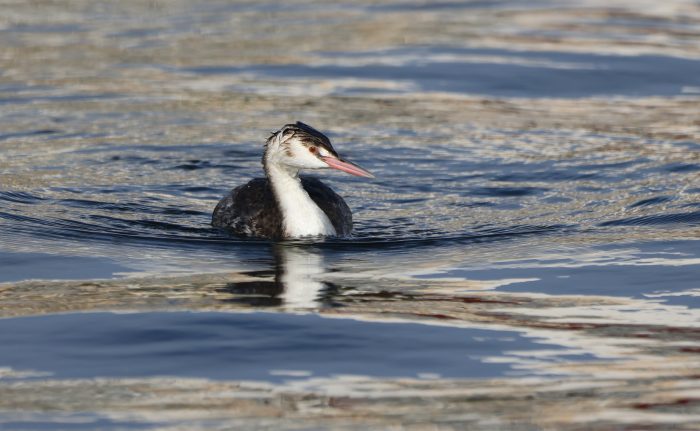

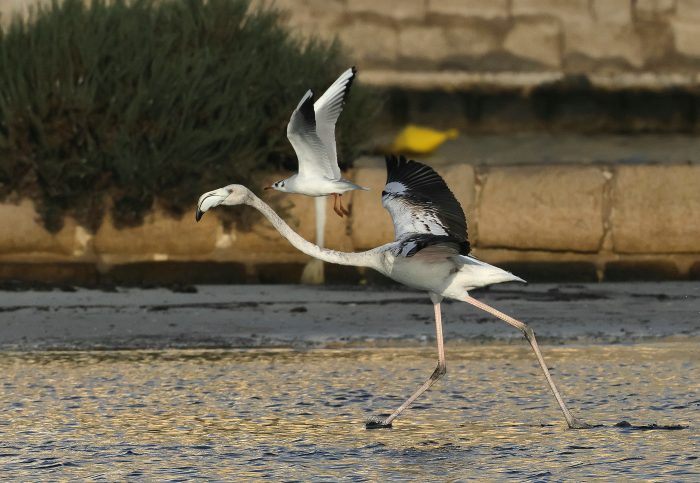
Works
There have been a few volunteer groups who have come to help out at the reserve. The first of which came at the start of the month and they did a clean-up on the newly restored wetland side as well as some helping to collect branches for shredding. We had a day towards the end of the month when a number of volunteers came to plant some native trees and shrubs. There have also been a few school visits.
Għadira Nature Reserve
Sightings
November brought a variety of wintering passerines, though migration days were few. Warm weather persisted throughout the month and less wintering migrants were observed.
Wintering residents noted daily at the reserve included a couple of Little Grebes, two Common Kingfishers, Western Water Rails, Common Moorhens, Meadow Pipits, White Wagtails, Eurasian Blackcaps, Common Chiffchaffs, European Robins and Common Stonechats. The few wader species recorded this month included Temminck’s Stint, Little Ringed Plover, Common Sandpiper, Common Redshank, Dunlin and Northern Lapwing. Of particular note were six Common Teals at the reserve, 13 Common Shelducks and five Slender-billed Gulls over the reserve on same date, and 11 Lapwings which stayed at the reserve on 19 November. One to two Great Cormorants were frequently noted at the reserve. A late juvenile European Honey-buzzard was seen soaring on 9 November. Common Chaffinches and Eurasian Siskins showed up in small numbers on various dates.


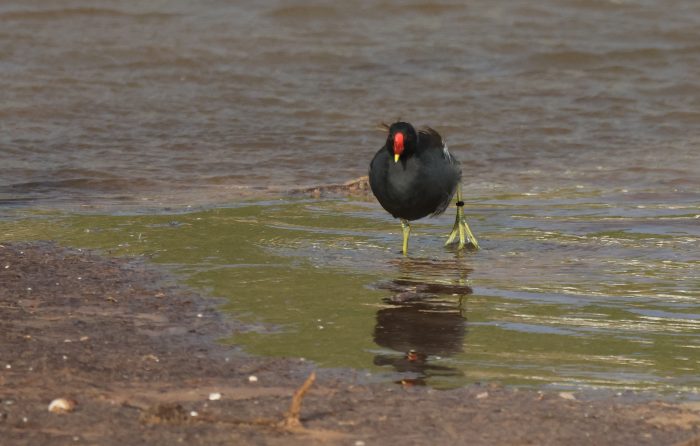
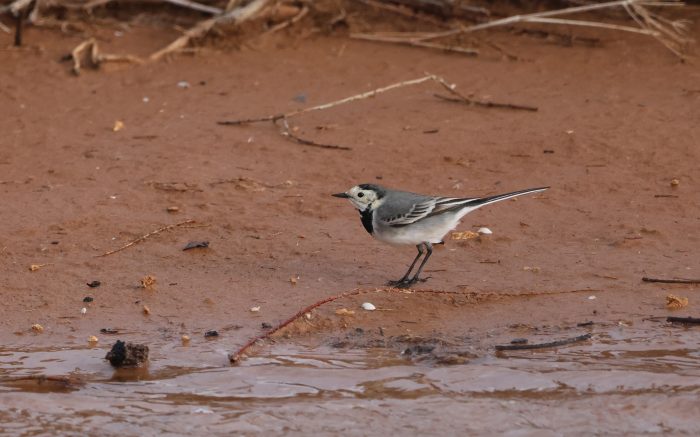
Works
Seeds of various indigenous plants were sown including White Hedge Nettle, Chaste Tree, Honeysuckle, Maltese Fleabane and Araar tree that were planted in the nursery. Irrigation was carried out twice weekly as dry hot weather persisted throughout the month.
A group of volunteers from HSBC Bank came to work for a whole morning at Għadira on the 21 November. They removed wooden Acacia trunks from the sand dune. Areas of organic matter were also raked and removed to uncover the sand in order to help the sand dune flora regenerate. The HSBC group also attended a bird ringing demonstration and was given a tour of Għadira at the end of the activity.
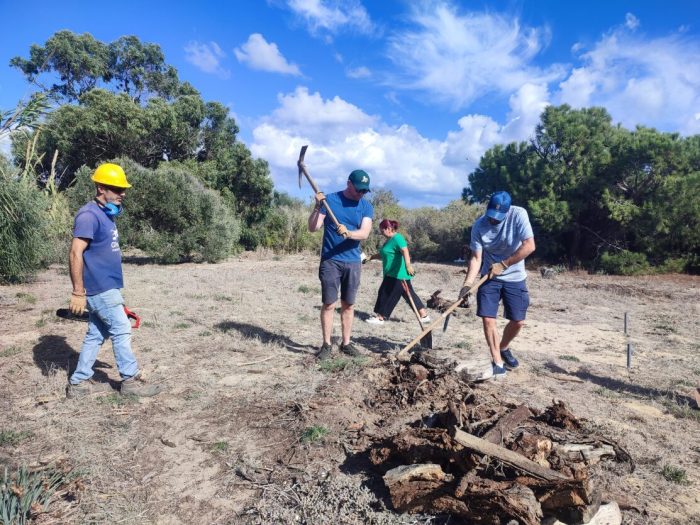

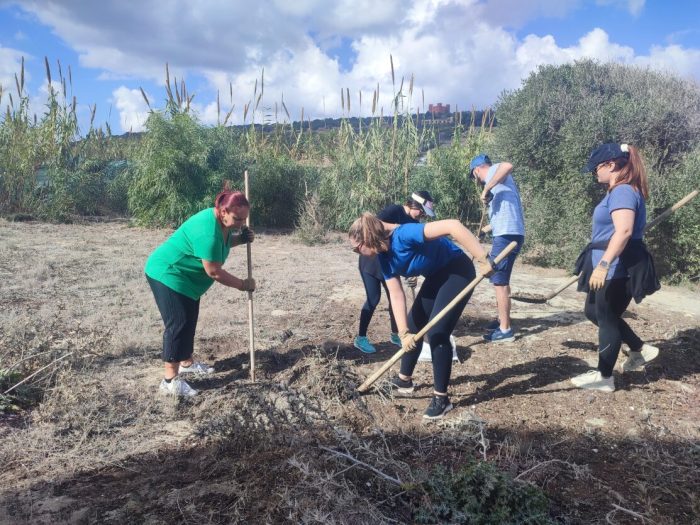
The HSBC team at work
Bird ringing
Bird ringing was carried out on 15 weekdays and a total of 304 birds were ringed in November.
Species ringed included European Robins, Eurasian Blackcaps, Common Chiffchaffs, Common Stonechats, Meadow Pipits, Eurasian Tree Sparrow, Spanish Sparrow, Common Starling and Reed Bunting. Of particular note was a Moustached Warbler, that was ringed on 27 November.
Simar Nature Reserve
Sightings
With winter fast approaching, most wintering birds have already arrived and settled in the reserve. Autumn migration is mostly over and only a few more species can be expected to eventually arrive. The wetland continues to change in colour where most of the vegetation became drier. Following some appreciable rain towards the end of the month, the water level has risen engulfing most of the shorelines.
A good number of Common Coots have settled in the reserve to spend the wintering months. At least 12 are present, signifying the highest number in recent years. A few Common Kingfishers are also present meaning a good source of food is present. Reed Bunting numbers also started building up with several seen feeding amongst the vegetation in the wetland. Western Water Rails can be heard calling from several parts of the wetland and occasionally can also be seen skulking in the reeds. Common Moorhen numbers are also quite high compared to recent years. A few Great Cormorants occasionally visit the reserve spending several hours feeding on the abundant number of fish present, namely Killifish. Ducks were sporadically seen, namely Common Teal, Northern Pintail and Northern Shoveler.
A good number of other species are also wintering throughout the reserve namely European Robins, Common Stonechats, Eurasian Blackcaps and Common Chiffchaffs. A few Song Thrushes are also wintering in the area, as well as Meadow Pipits and Grey Wagtails.
Due to the persistent unusual warm temperatures a good number of insect species were still observed. Most obvious were butterflies, namely Large White, but also dragonflies and bees.

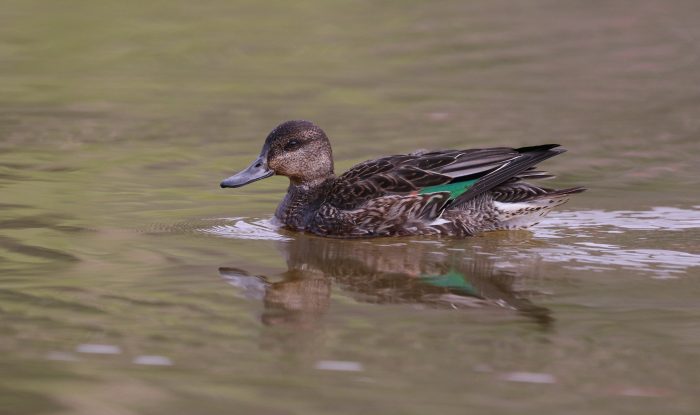
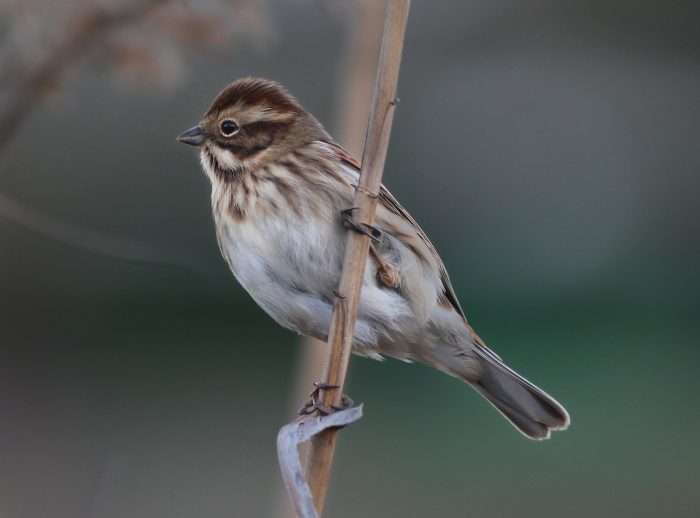
Research and habitat management
At this time of year habitat management is normally kept to a minimum. But research was continued mainly through bird ringing, moth surveys, water quality and wetland invertebrate survey.
Foresta 2000
Sightings
The lack of rain this autumn kept Foresta 2000 very dry, and one could see the bright contrast between fresh light Green Pine needles and the dry steppe area. But winter is coming, and heavy rains reached Malta at the end of the month so we hope that soon the trees in our small forest will feel better.
Amidst the windy days of mid-November, a noteworthy migration unfolded. Common Stonechats enlivened our surroundings, joined by captivating small birds like Eurasian Siskin, Eurasian Skylark, and Black Redstart. The Corn Bunting, resembling a female Spanish Sparrow at first glance, brought a unique charm. Although they have quite a few differences, especially in the size of the lower mandible and the absence of the eye stripe in the Corn Bunting. Song Thrushes and Common Starlings were still around in quite a good number. Eurasian Collared-doves started their breeding season so from now on, if you’re walking in Foresta 2000, you might come across their white eggshells on the ground.
Beyond avian wonders, Foresta 2000 unveiled its diverse wildlife. Snakes, including the Western Whip Snake, remained active in the low vegetation. Dragonflies and butterflies, such as the Red-Veined Darter and Eastern Bath White, gracefully danced through the air, adding vibrancy to our natural tapestry.


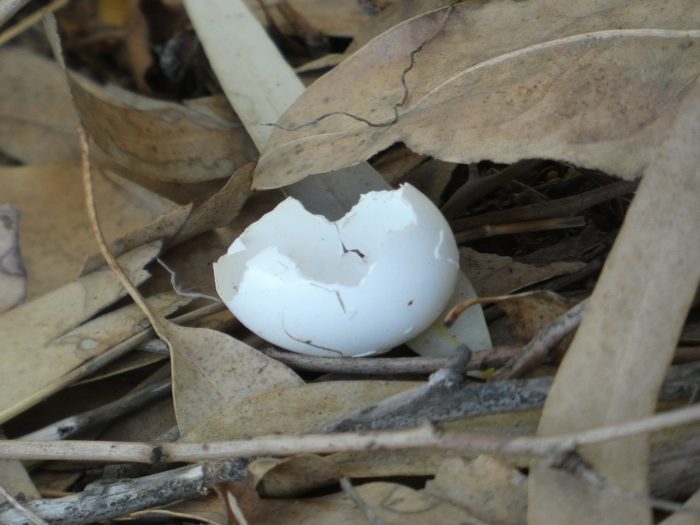

Works and visits
On Monday 20 November, a group from the Richmond Foundation visited Foresta 2000. During the walk we discussed the history of the place, and our visitors learned about new species of plants and saw quite a few of birds wintering at Foresta.
They enjoyed the bird’s eye view from the top of the hill and felt peace, listening to the sounds of nature.
Nature Guardians
We’re thrilled to update you on the latest happenings from our Nature Guardians autumn 2023 course! Our recent session on Mediterranean Killifish in November was a hit, and we’re now gearing up for the upcoming awards ceremony in January 2024.
The adventure doesn’t stop with diplomas! Once our young Nature Guardians receive their well-deserved awards, they can join the Nature Guardians Council. This opens up exciting opportunities for them to take the lead, organize events, make friends and, most importantly, have fun while making a positive impact!
We’re excited to share that the first event organized by the Nature Guardians Council took place at Salina on 25 November. It featured a fascinating lecture on bird identification followed by a lovely birdwatching tour. A big applause to our young Nature Guardians for a fantastic job!
In addition to our core course activities, our Nature Guardians organizers had the privilege of participating in various events. We were invited to the Dinja Waħda Awards ceremony to introduce students to the work of wardens at BirdLife Malta’s nature reserves. This event provided a fantastic chance for both children and teachers interested in nature conservation to get an up-close look at some of the research tools we use in the nature reserves. It allowed them to experience a taste of the environmentalist’s life and gain insights into the critical aspects of nature conservation. We believe that the hands-on exposure was both educational and inspiring for everyone involved.
On the 18-19 November weekend, BirdLife Malta was also a guest at a special event – the seventh anniversary celebrations of Esplora, and it was a blast!
Our team, along with passionate volunteers, worked tirelessly to create an unforgettable experience for attendees of all ages. The event was filled with interactive activities and workshops, all aimed at spreading awareness about environmental conservation and climate change. Visitors learned more about Maltese nature reserves, bird ringing, the effects of climate change on bird migration, and trees on the islands. They had an opportunity to participate in different educational games, win some prizes, feel like a botanist looking at different seeds under the microscope, and they could even leave a message for the future!
During both events we invited young visitors to learn more about nature and join our Nature Guardians programme; the next stream of which will start in March. Do you want to join the passionate young team? Keep an eye on our posts and here; the application forms will be out soon!
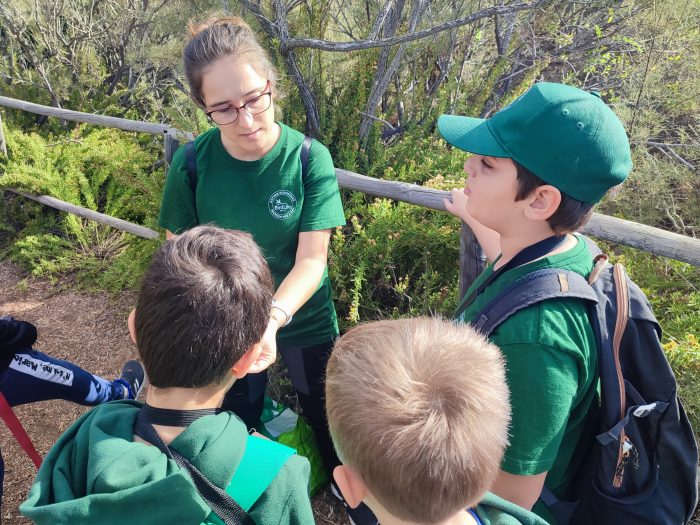
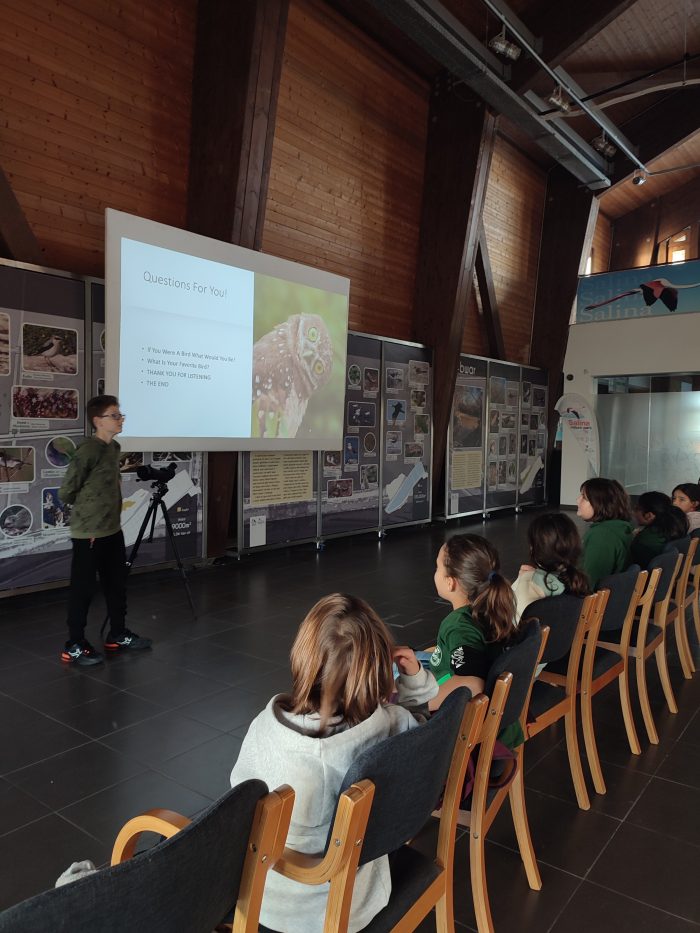
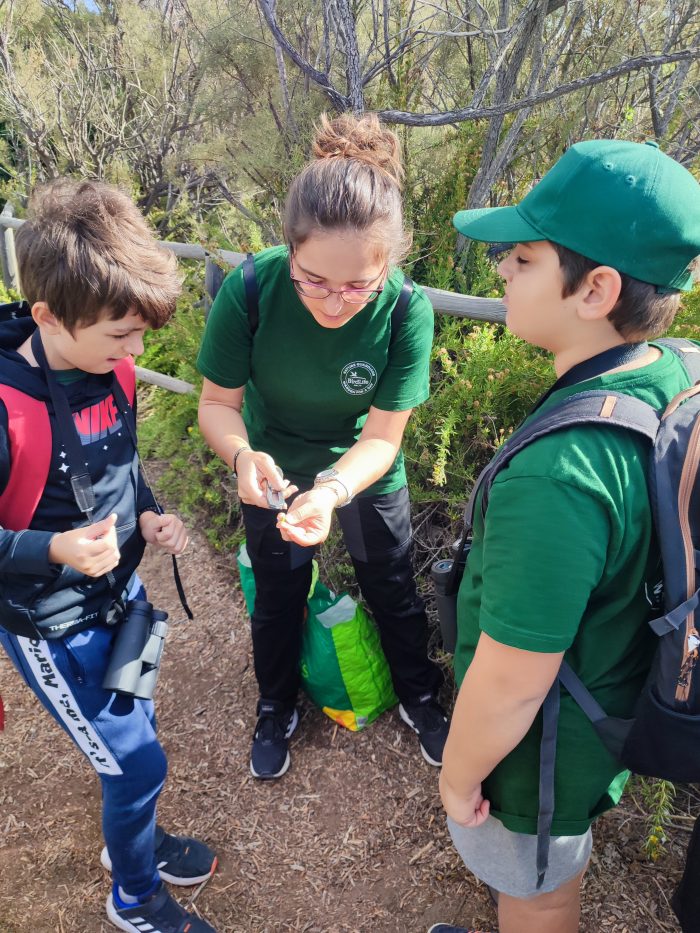

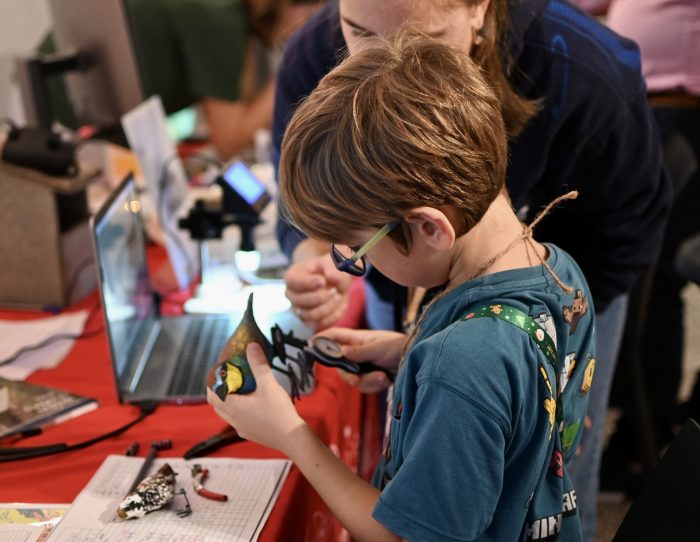
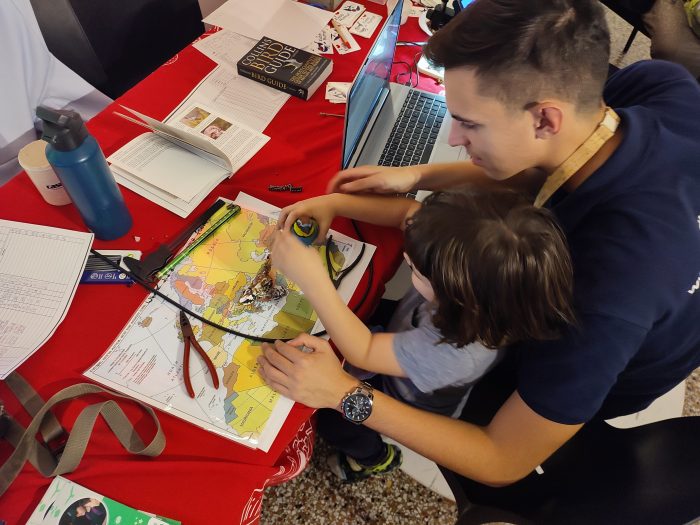
Activities full of fun and learning!

One step closer to a Nature Restoration Law
This month we have some good news from the European Union! The text of the Nature Restoration Law (NRL) was supported with a large majority in the European Parliament’s Committee on Environment, Public Health and Food Safety with 53 votes in favour, 28 against and 4 abstentions. This is a crucial step on the way to set and implement measures to restore at least 20% of the European Union’s nature on land, rivers, and seas by 2030. This vote is also the result of several months of unparalleled mobilisation in support of the first-ever European Union law to restore ecosystems: more than 6,000 scientists, 100+ businesses, over 200 NGOs, numerous climate activists and over a million signatures and messages from citizens demanding a strong Nature Restoration Law urged and are still urging decision-makers to deliver this much-needed law. Now we are eagerly awaiting for next year when the NRL shall be voted for by the European Union Parliament’s plenary and then goes to Council for final adoption.
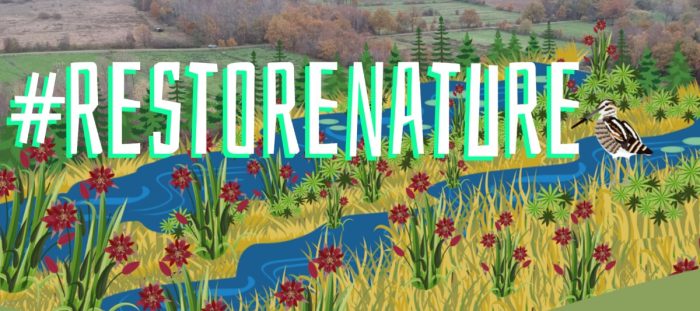
More efforts needed to eliminate bycatch in EU waters!
Last month, the European Commission launched an online questionnaire for the relevant stakeholders in relation to the report on the implementation of the Technical Measures Regulation. The implementation of this regulation is important to achieve sustainability in the fisheries sector, as it covers a number of important issues including combatting bycatch.
Unfortunately, the overall unfavourable conservation status of most populations of fish, seabirds, sea turtles, whales, dolphins, sharks, rays and of most marine habitats shows that the member states are still far from reaching the set goals. BirdLife Malta partners expressed the concern on the lack of dedication to eliminate incidental catches of sensitive species during fishing operations, especially given that in cases such as incidental catch of seabirds in longlines, there are already known measures to tackle this problem.

Pied Avocet at Salina
At the end of November a Pied Avocet (Xifa in Maltese) was spotted at our Salina Nature Reserve. The Pied Avocet is seen in small numbers both in spring and autumn in Malta. It is unmistakable, being quite a large wader, with striking black and white plumage and a thin dainty upcurved bill. It feeds by swinging its bill just under the surface of the water to catch small fish and invertebrates. It is also known for its far-carrying, liquid, melodious call “kluit kluit“. It breeds in temperate Europe and across the Palearctic to Central Asia, then migrates to winter in Africa or southern Asia. Unfortunately, this beautiful bird is often targeted by hunters and illegally shot, even though it is a highly protected species.

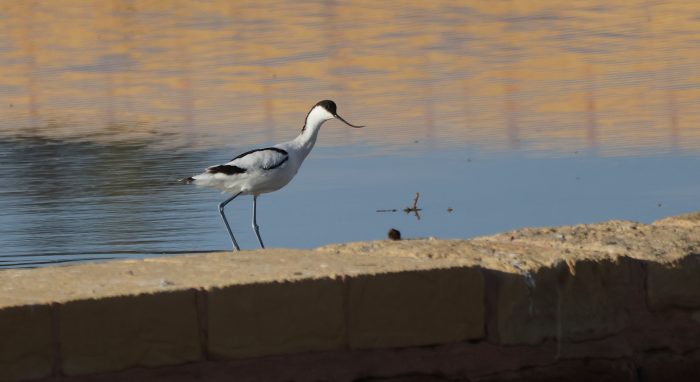
Pied Avocet at Salina
Rare Black-legged Kittiwake visits Salina
At the start of December, local birdwatchers were treated to the rare occurrence of a Black-legged Kittiwake (Maltese name: Gawwija tal-Ingilterra), also at Salina. These locally rare birds have been for the past years making an appearance every year at our nature reserves, usually between December and January. The Kittiwake is a pelagic gull which breeds in large colonies in the Northern Hemisphere and, as mentioned above, is rarely observed locally. In Malta it is in fact considered as a rare visitor and is mostly observed on the open seas. However on certain days with very strong winds it can be observed in harbours or bays.


Black-legged Kittiwake with gulls in Salina
Credits
Words: Polina Venka, Charles Coleiro, David Attard, Ricardo Fernandes, Nathaniel Attard, Vera Tokmakova, Manuel Mallia, Antoine Monnier
Photographs: Aron Tanti, Mario V. Gauci, David Attard, Ian Balzan, James Aquilina, Oliver Smart, Charles Coleiro, Vera Tokmakova, Denis Cachia
Footage : Martin Austad, Mario V. Gauci, editing by Cinzia Mintoff
Editing: Antoine Monnier and Nathaniel Attard


